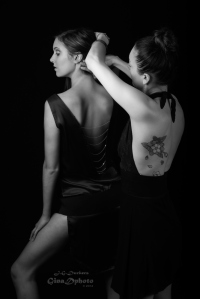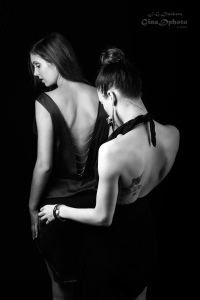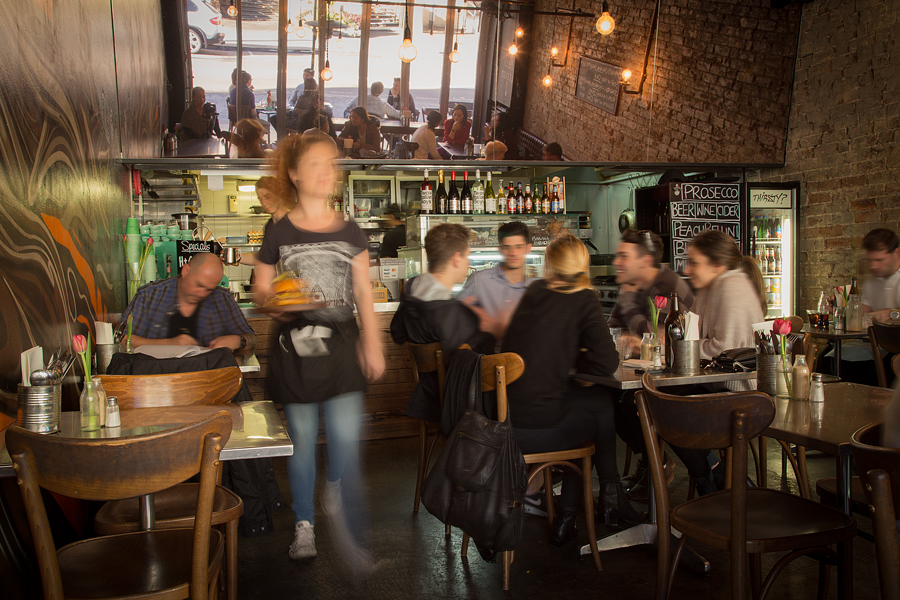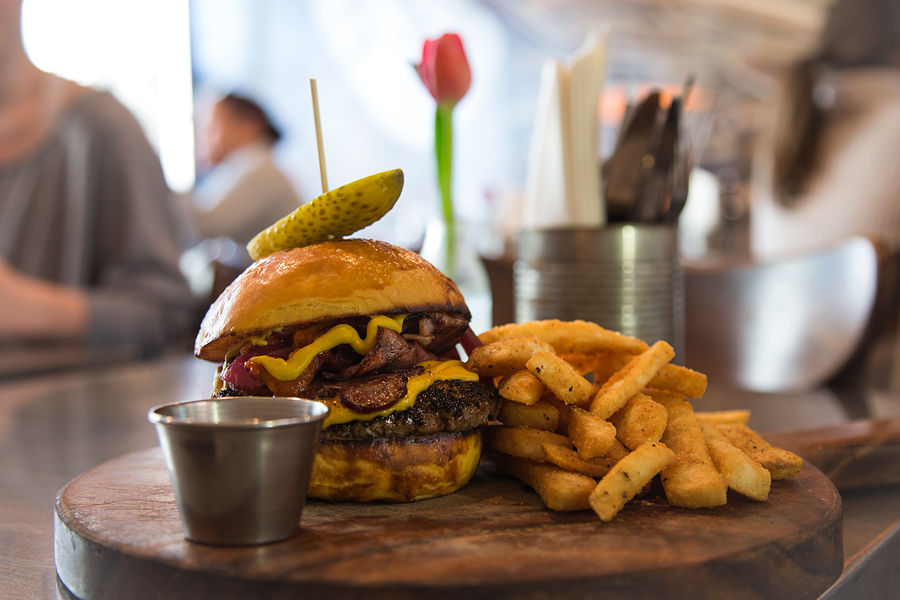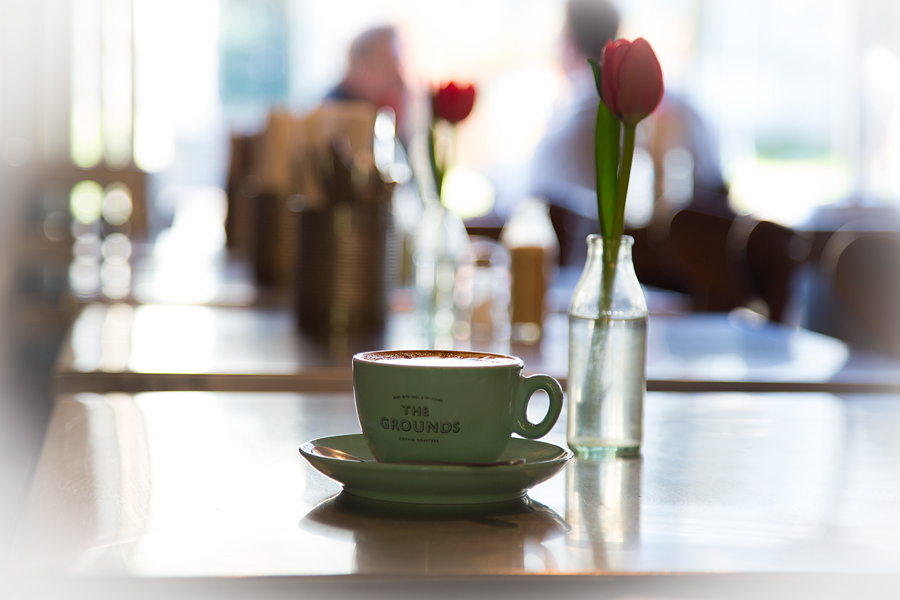GINA D PHOTO always likes to help a good cause!
MND Charity and HSBC Community Chest held an auction to raise money forMND Research Clinic.
Our studio, GINA D PHOTO helped by donating our full service fee (family photography session including editing) and below you can see the result, photos of this beautiful young family.
MND is a Motor Neurone Disease is an illness that selectively affects motor neurons – the cells that control voluntary muscle activity including speaking, walking, swallowing, and general movement of the body. They are neurodegenerative in nature, and cause increasing disability and, eventually, death.
Visit the website of the MND Research Clinic to find out more and you can also donate to support this important research: www.mndaust.asn.au/Find-help/


© All photographs are copyrighted by Gina D Photo (Gina J Duckers) 2015


















